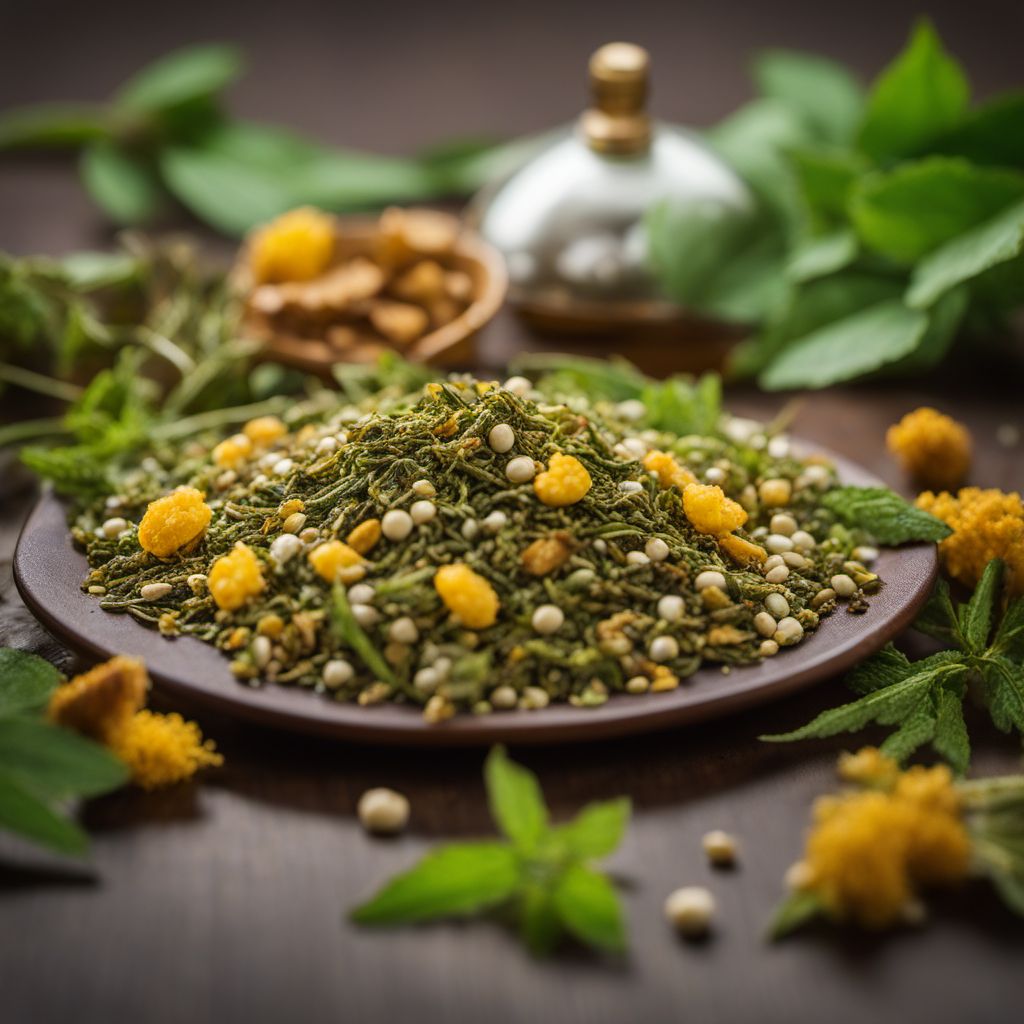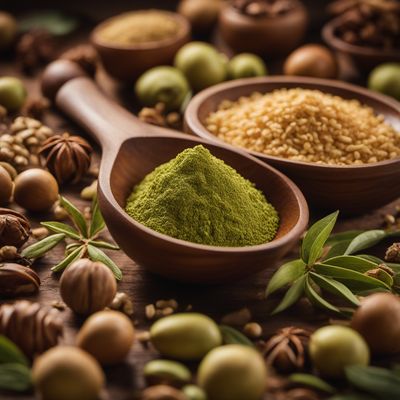
Ingredient
Other Herbal infusion materials from leaves and herbs
Nature's Infusion: Exploring the World of Herbal Beverages
Herbal infusions are made by steeping leaves and herbs in hot water, allowing their flavors and aromas to infuse into the liquid. They can range from delicate and floral to robust and earthy, offering a wide variety of tastes and scents. With their versatility, herbal infusions can be enjoyed hot or cold, making them a refreshing choice for any time of the day.
Origins and history
Herbal infusions have a rich history that spans across cultures and continents. Ancient civilizations, such as the Egyptians and Chinese, recognized the therapeutic properties of various leaves and herbs, using them for medicinal purposes. Over time, these infusions became popular for their soothing and invigorating qualities, and they continue to be enjoyed worldwide today.
Nutritional information
Herbal infusions are naturally low in calories and often contain beneficial compounds, such as antioxidants and vitamins. While the nutritional content varies depending on the specific leaves and herbs used, these infusions can contribute to overall hydration and well-being.
Allergens
There are no known allergens associated with herbal infusions, but individuals with specific allergies should always check the ingredients of herbal blends to ensure they are free from potential allergens.
How to select
When selecting herbal infusions, opt for high-quality loose leaves or tea bags that are fresh and aromatic. Look for vibrant colors and avoid any signs of moisture or clumping. Additionally, consider purchasing organic or sustainably sourced infusions to support ethical and environmentally friendly practices.
Storage recommendations
To maintain the freshness and quality of herbal infusions, store them in airtight containers away from direct sunlight, moisture, and strong odors. This will help preserve their flavors and aromas for an extended period. Avoid storing infusions near spices or other strong-smelling ingredients, as they can absorb unwanted scents.
How to produce
Herbal infusions can be easily produced at home by growing your own herbs or sourcing fresh leaves from local markets. Simply harvest the desired leaves, dry them thoroughly, and store them in airtight containers. When ready to make an infusion, steep the leaves in hot water for the recommended time and strain before enjoying.
Preparation tips
To prepare a delicious herbal infusion, bring water to the appropriate temperature based on the specific leaves or herbs being used. Pour the hot water over the leaves and allow them to steep for the recommended time. Strain the infusion and sweeten if desired with honey or other natural sweeteners. Experiment with different combinations of leaves and herbs to create your own unique blends.
Culinary uses
Herbal infusions are widely used in various culinary applications. They can be enjoyed on their own as a soothing beverage or used as a base for cocktails, mocktails, and iced teas. Additionally, herbal infusions can be incorporated into desserts, such as sorbets, custards, and infused syrups, adding a delightful twist of flavor.
Availability
Herbal infusions are available worldwide, with different regions offering their own unique blends and variations. Countries like China, India, Morocco, and Japan are known for their rich herbal tea traditions, while Mediterranean countries are famous for their aromatic herbal infusions.

